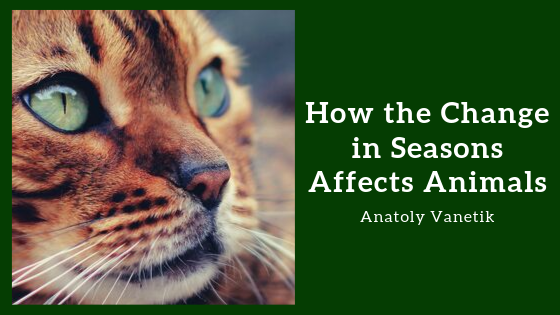We all know that the change in seasons has a large impact on humans. In the colder months, humans tend to gravitate inside where they can stay safe from the elements while in the warmer months of spring and summer, they enjoy spending more time outdoors.
Animals are also affected by the change in seasons, but in different ways than humans are. Breeding is something that is greatly affected by the seasons when it comes to animals. Many have to rely on their own resources to keep their young warm and fed, which means they have to perfectly time when they breed so that they deliver their babies when the weather is the most beneficial.
Mating Mammals
Warm-blooded animals, like deer, breed in the fall so that they can deliver their babies in the spring or summer. Fawns need to be kept warm while they grow, so the increased temperatures during these months are particularly crucial. Mother deer also need to ensure their babies are well-fed, so having plenty of access to food sources like trees and plants is something they rely on heavily.
Reptiles and Other Animals
Birds and reptiles like garter snakes breed at the opposite time as mammals. They pay close attention to the change in seasons so that they can perfectly time their mating for when the earth begins to thaw.
Since many of these animals hibernate during the winter, either underground or in other covered places, they have to be very in tune with the changing seasons to know when to leave their nest. Their bodies are so sensitive that they can tell there’s a change in temperature without even venturing out of their hiding place.
A Perfect Storm
Some animals, like the spadefoot toad, rely on the weather even more than others. The spadefoot toad requires a specific type of weather to be able to breed, which is why they wait until the first monsoon hits the Sonoran Desert. The heavy rain allows them the ideal opportunity to grow and feed their young, who will then follow them back underground once the weather dries out where they will remain until the next monsoon hits and they can breed again.
